summary
In this paper, the key technologies of anti-interference and stability optimization in the whole process from design to production of capacitor film slitting machine are systematically discussed. By analyzing the working principle and common interference sources of the slitting machine, a comprehensive solution is proposed, such as mechanical structure optimization, anti-interference design of electrical system, improvement of control system stability and production process control, which provides a theoretical basis and practical guidance for the research and development of high-precision capacitor film slitting machine.
1. Introduction
Capacitor film slitting machine is a key equipment in the manufacture of electronic components, and its processing accuracy directly affects the performance of capacitor products. With the development of electronic equipment to miniaturization and high performance, the precision of film slitting is becoming more and more demanding. However, various disturbances in the production environment and the stability of the equipment itself often lead to a decrease in the quality of the slit. Therefore, it is of great engineering value to study the anti-interference and stability optimization of slitting machine.
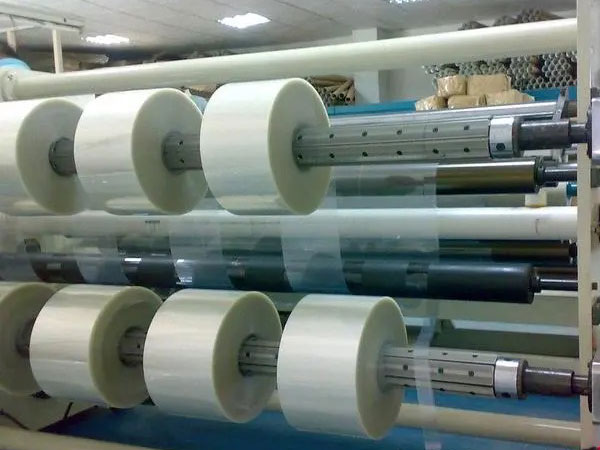
2. Working principle and interference analysis of capacitor film slitting machine
2.1 The basic structure of the slitting machine
A typical capacitor film slitting machine is mainly composed of the following systems:
• Unwinding system
• Tension control system
• Slitting tool system
• Web guiding system
• Winding system
• Electrical control system
2.2 Analysis of major interference sources
1. Mechanical vibration interference: mechanical vibration generated during the operation of the equipment
2. Electromagnetic interference: electromagnetic noise generated by inverters, high-power motors, etc
3. Temperature disturbance: mechanical deformation caused by changes in ambient temperature
4. Power Disturbance: Grid voltage fluctuations and harmonic interference
5. Changes in material properties: the thickness and tension of the film material are uneven
3. Anti-interference and stability optimization design
3.1 Optimization of mechanical structure
1. Vibration damping design:
◦ Adopt a highly rigid frame structure
◦ Install damping dampers in key areas
◦ Use air bearings to reduce vibration of rotating parts
2. Thermal Stability Design:
◦ Use materials with a low coefficient of thermal expansion
◦ Symmetrical structure design for key components
◦ Temperature compensation mechanism added
3.2 Anti-interference design of electrical system
1. Power System Optimization:
◦ Isolation transformer is used
◦ Add a power filter
◦ UPS is used for power supply for key components
2. Anti-interference in signal transmission:
◦ Shielded twisted pair cable is used to transmit signals
◦ Implement signal optoelectronic isolation
◦ Reasonable cable routing to avoid cross-interference
3. Grounding System Design:
◦ Establish independent signal ground, power supply ground, and chassis ground
◦ Single-point grounding is adopted
◦ The ground resistance is controlled to be less than 1 Ω
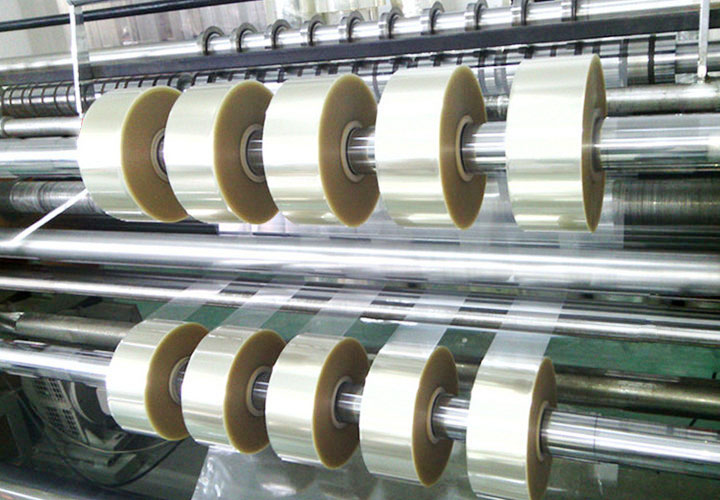
3.3 Improve the stability of the control system
1. Control Algorithm Optimization:
◦ Fuzzy PID control algorithm is used to adapt to parameter changes
◦ Add feedforward compensation
◦ Achieve multi-axis synchronous control
2. Sensor anti-interference:
◦ High-precision absolute encoder is selected
◦ Add digital filtering of the signal
◦ Implement sensor redundancy design
3. Software Fault-Tolerant Design:
◦ Add a watchdog circuit
◦ Automatic diagnosis and recovery of abnormal states
◦ Multiple verification of key parameters
4. Production process control and stability maintenance
4.1 Assembly process control
1. Control the assembly accuracy of key components
2. Dynamic balancing debugging specification
3. System joint debugging test process
4.2 Operating environment control
1. Temperature and humidity control standards
2. Shockproof requirements for equipment foundations
3. Electromagnetic environment monitoring
4.3 Maintenance Strategy
1. Preventative maintenance program
2. Life management of key components
3. Calibration specifications at regular intervals
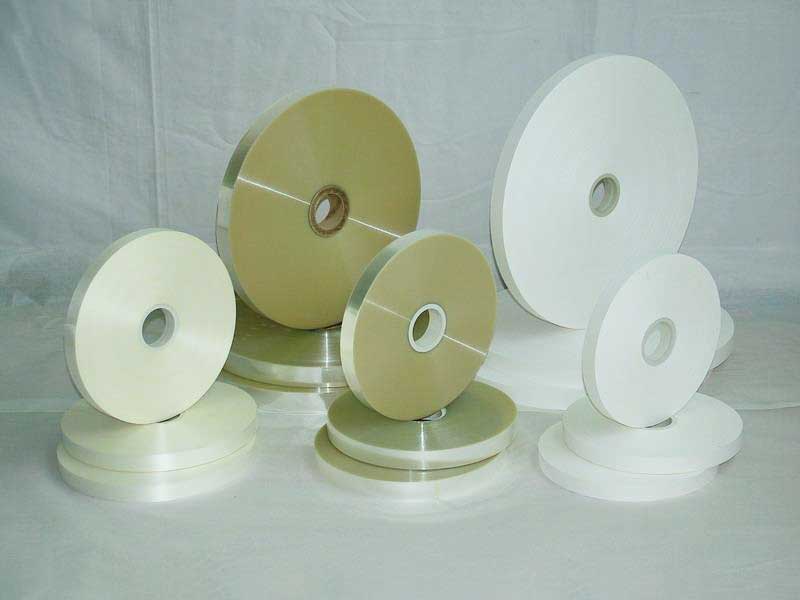
5. Case study and effect verification
Through the optimization example of a certain type of capacitor film slitting machine, the performance indicators before and after optimization are compared:
• Slitting accuracy increased from ±5μm to ±2μm
• 60% reduction in equipment failure rate
• 25% increase in productivity
• Product defect rate reduced from 1.2% to 0.3%
6. Conclusions and outlook
The anti-interference and stability optimization scheme proposed in this paper has achieved remarkable results in practical application. Future research directions include:
1. Device status prediction based on digital twins
2. Application of artificial intelligence in parameter self-tuning
3. Research on the application of new vibration damping materials
Through continuous optimization, the performance of the capacitor film slitting machine will be further improved, providing more reliable equipment support for the manufacture of electronic components.
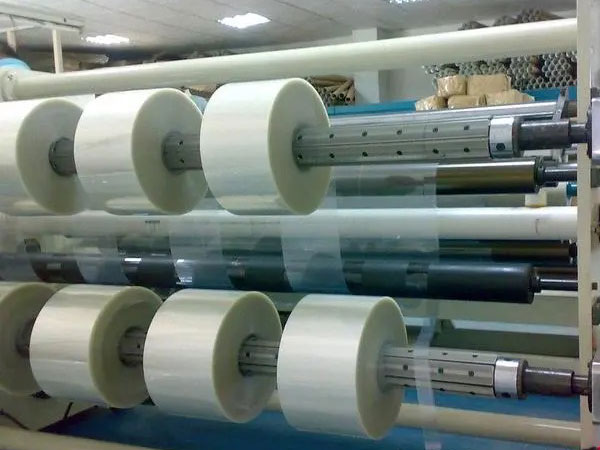 How to optimize the capacitor film slitting process? Equipment upgrade and parameter adjustment tips
How to optimize the capacitor film slitting process? Equipment upgrade and parameter adjustment tips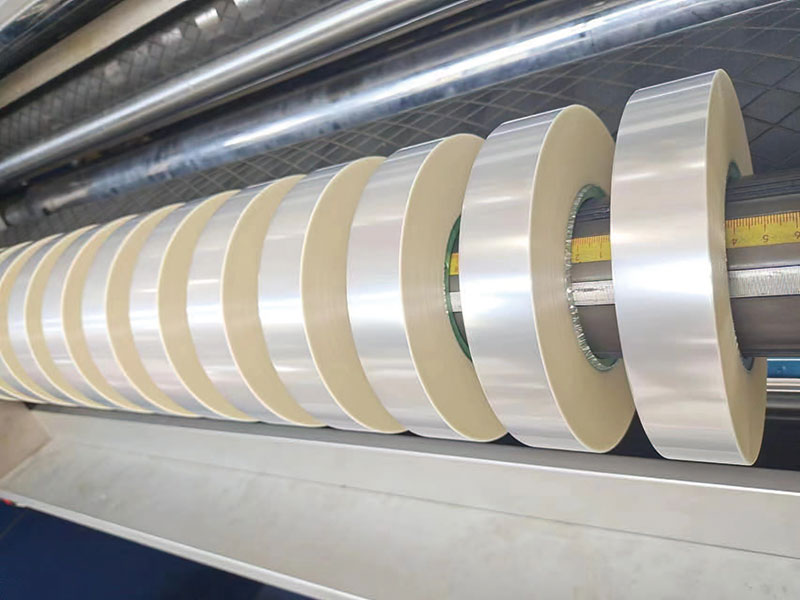 The core equipment of future film processing: the innovative direction of capacitor film slitting machine
The core equipment of future film processing: the innovative direction of capacitor film slitting machine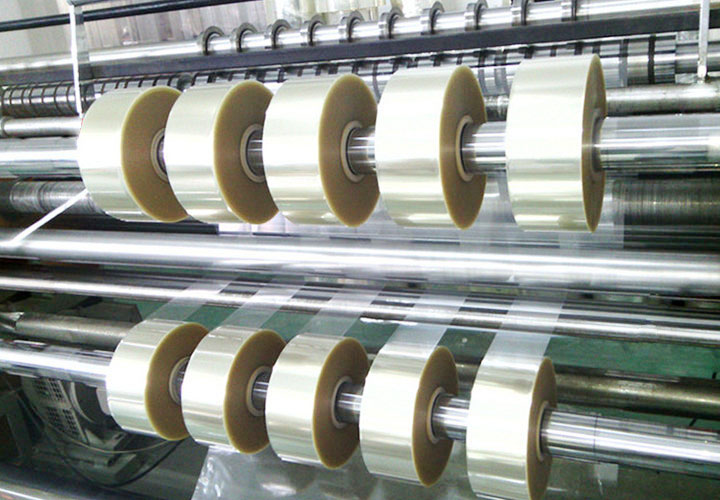 Ultra-thin material processing tool: the application of capacitor film slitting machine in the field of precision electronic film
Ultra-thin material processing tool: the application of capacitor film slitting machine in the field of precision electronic film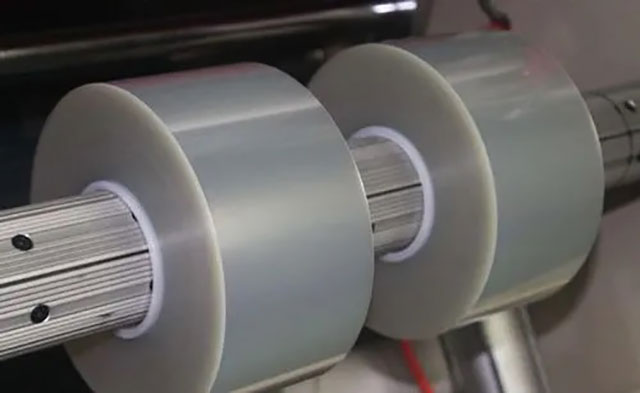 From electronics to packaging: Cross-sector application examples of capacitor film slitting machines
From electronics to packaging: Cross-sector application examples of capacitor film slitting machines Quick tool change + automatic adjustment: how can capacitor film slitting machine improve production efficiency?
Quick tool change + automatic adjustment: how can capacitor film slitting machine improve production efficiency?